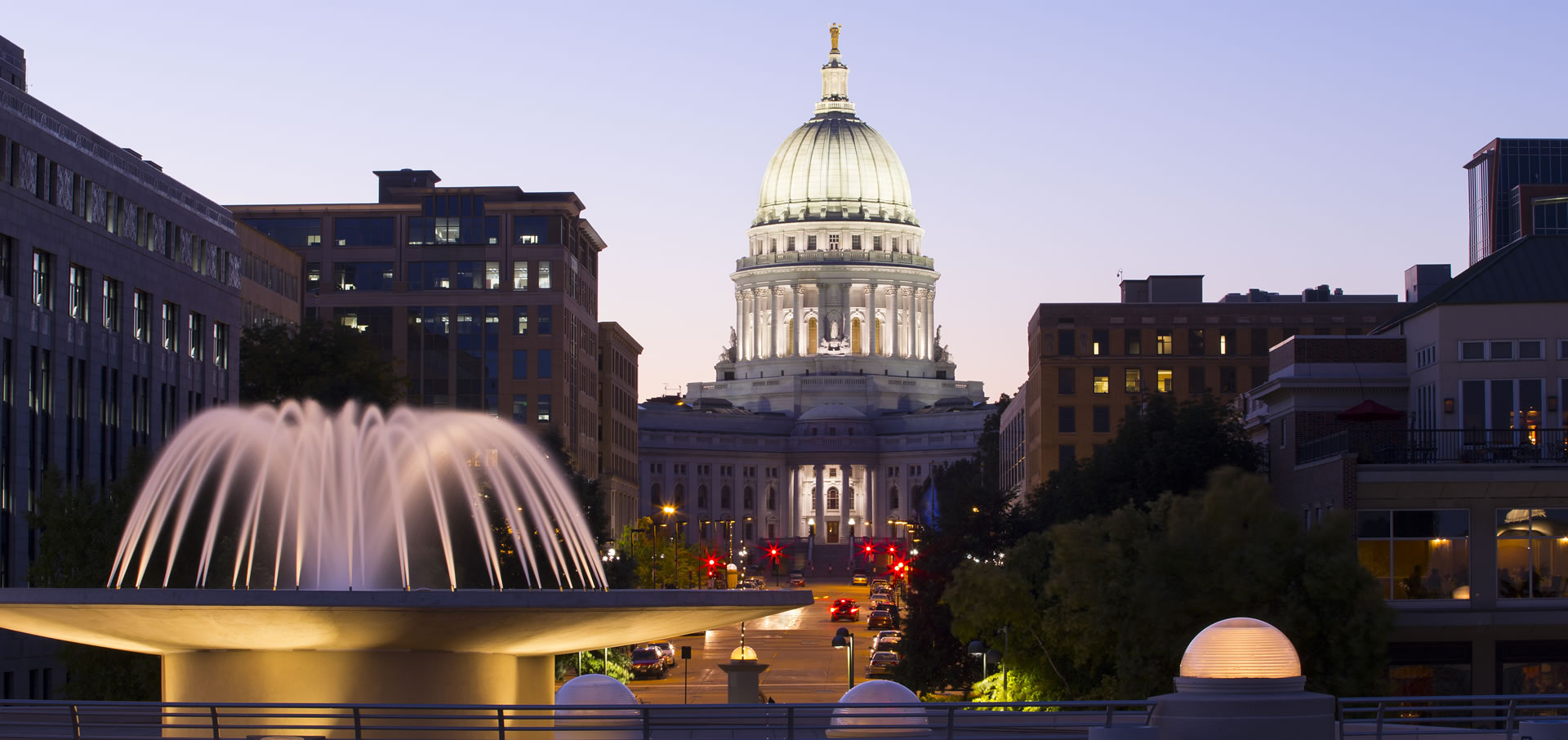14 Jul Coronavirus-Related Financial Resources: Main Street Lending Program
The Coronavirus (“COVID-19”) pandemic has generated numerous federal, state, and local efforts to get financial resources into the hands of businesses and individuals in order to stave off financial ruin. On July 6, 2020, the federal government, through the Treasury Department, implemented the Main Street Lending Program (the “MSLP”). The MSLP is designed to keep credit flowing to small and mid-sized businesses under extreme stress due to COVID-19-related stay-at-home and business closure orders from state and local governments. Unlike the forgivable loans of the Payroll Protection Program (“PPP”), the MSLP has received far less fanfare but for businesses looking to weather the COVID-19 storm, the MSLP might offer a valuable lifeline.
MSLP loans have various conditions that borrowers will certainly be curious about: the notes offered under the MSLP will have 5-year terms and can be either extensions/conversions of existing debt, or new loans originated after April 24, 2020. Principle payments on MSLP loans can be deferred for two years and even interest payments can be deferred for the first year. The interest rate on the MSLP loans will be based on the 1-month and 3-month London-based Interbank Offered Rate (“LIBOR”), plus 3%. With the LIBOR rates in the.18% and .27% on a 1-month and 3-month range, respectively, these MSLP terms could be very appealing for many small to medium-sized businesses. In total, the Federal Reserve has made $600 billion dollars available under this program.
To be eligible, an applicant must:
Have been in business prior to March 13, 2020;
Have fewer than 15,000 employees or less than $5 billion in annual revenue;
Have not been deemed ineligible to receive a PPP loan (unless the employer was ineligible due to the number of employees);
Have been created in the United States with a majority of its employees based there;
Have not received a Coronavirus Economic Stabilization Act (the “CARES Act”) loan for large businesses (businesses that receive loans under the PPP may also be eligible for MSLP loans); and
Follow various compensation, stock repurchase, and dividend restrictions.
The size of the MSLP loan will depend on whether the borrower is converting an existing loan (one originated prior to April 24, 2020) or whether the borrower is seeking a “new” loan (one originating on or after April 24, 2020). For the latter (the “new” loans), the amount of the MSLP loans will range from $250,000 (the smallest loans available) up to the lower of $50 million or an amount that, when added to the borrower’s current debt, doesn’t exceed six times the borrower’s 2019 earnings before interest, taxes, depreciation, and amortization (“EBITDA”). For the former (converted debt), the value of will range between $10 million and the lesser of $300 million or, essentially, six times the borrower’s 2019 EBITDA. In other words, if a borrower is looking to convert or transfer existing debt into this program to take advantage of the program’s favorable terms, the underlying loan must be fairly large. If, however, a borrower is looking for new debt, the MSLP is available to small to medium-sized businesses. Moreover, debt under the MSLP may be secured or unsecured debt, depending on the borrower.
From a technical, “how does this program work” perspective, the MSLP creates a large pool of government-backed debt in which the Federal Reserve will purchase 95% of each particular loan’s value through the lender making the loan. In other words, traditional lenders (banks) who desire to participate in the program will make loans to businesses under certain lending conditions. As part of facilitating and coordinating the loan, the Federal Reserve will hold 95% of the debt, with the subject bank holding the remaining 5%, thus making this a fairly safe proposition for banks nervous about the potential default of the borrowers.
Although every lender participating in the MSLP program will have its own loan application documents, interested borrowers are encouraged to review the documentation provided by the Federal Reserve of Boston to get a sense of the documentation and agreements required of this program, located here.
COVID-19 will continue to have a drastic impact our society and economy for the foreseeable future. Federal, state, and local governments will hopefully continue to devise ways of combating the worst of the related economic hardship, but for the time being, the federal government has provided another large pool of resources available to employers. Perhaps not everyone will be able to afford to take additional debt, even under fairly agreeable terms, but the MSLP and other resources should not be overlooked as they can provide valuable lifelines for struggling businesses.
This article was authored by Attorney Joe Camilli. Attorney Camilli is a graduate of the Hamline University School of Law and practices business and employment law as part of Neider & Boucher, S.C.’s business team. Attorney Camilli was recognized as a 2019 Up and Coming Lawyer by the Wisconsin Law Journal and is co-chair of the firm’s COVID-19 response team.
The guidance provided above is general in nature and readers are encouraged to reach out to Neider & Boucher, S.C., or to their own legal counsel to determine the applicability of these issues to their own personal and/or business needs.

